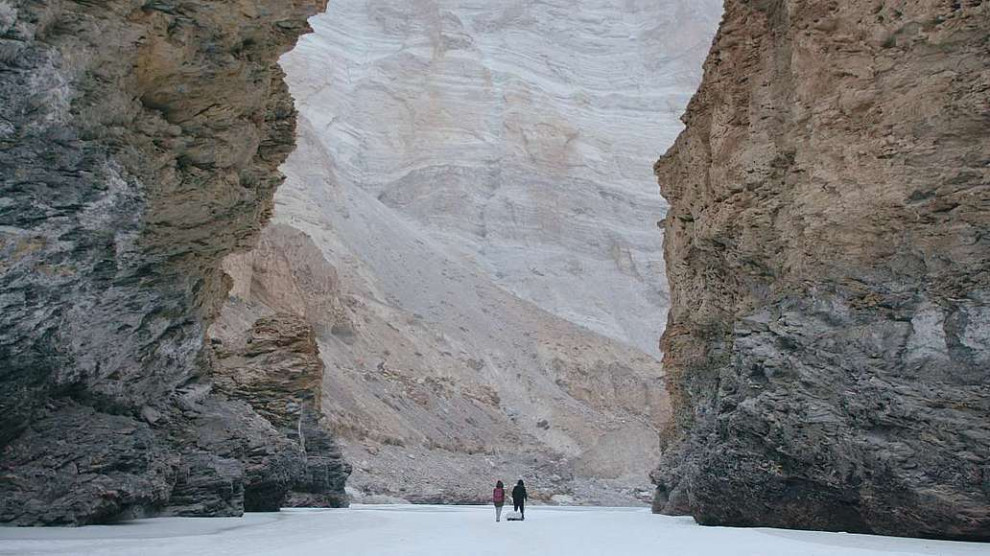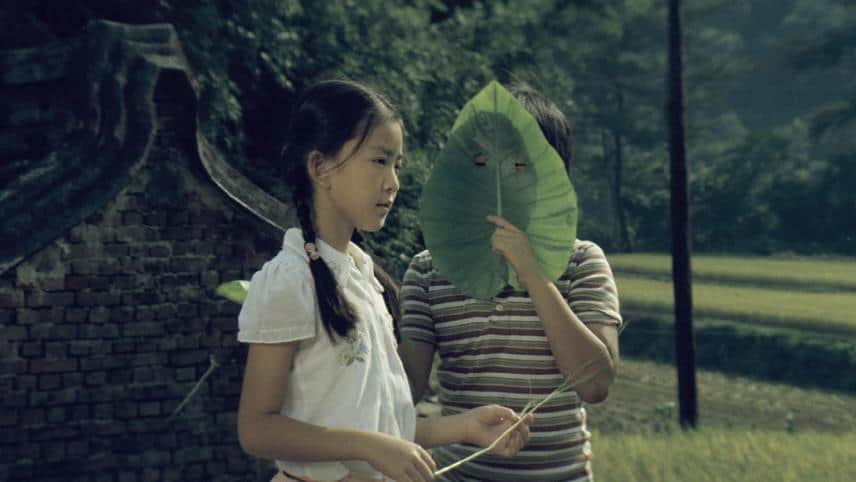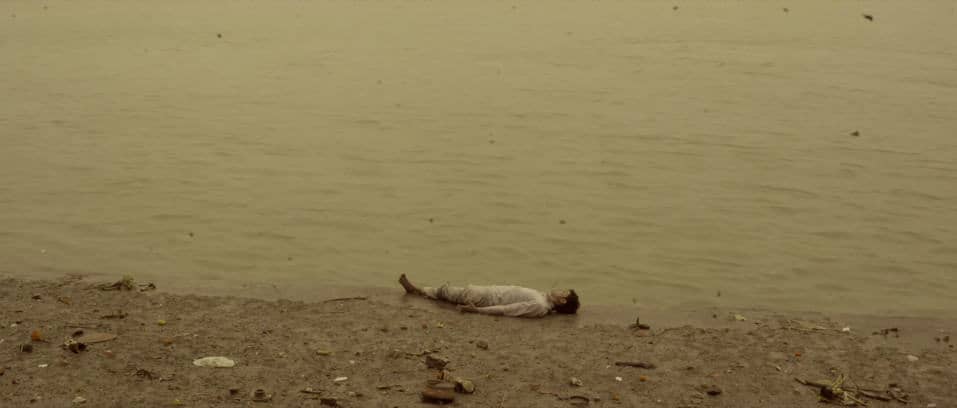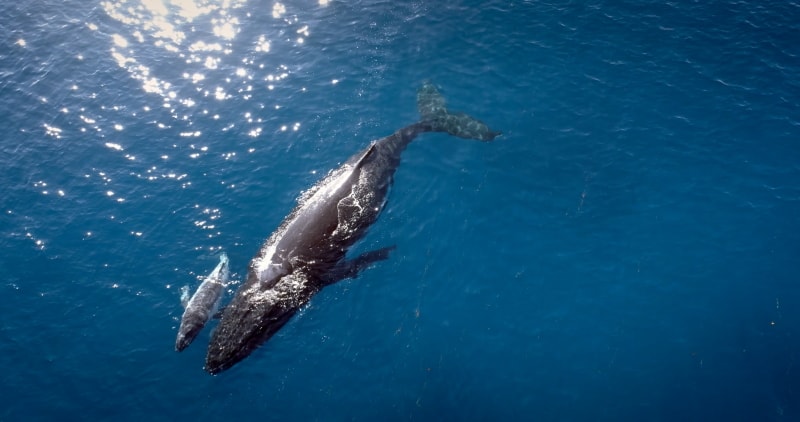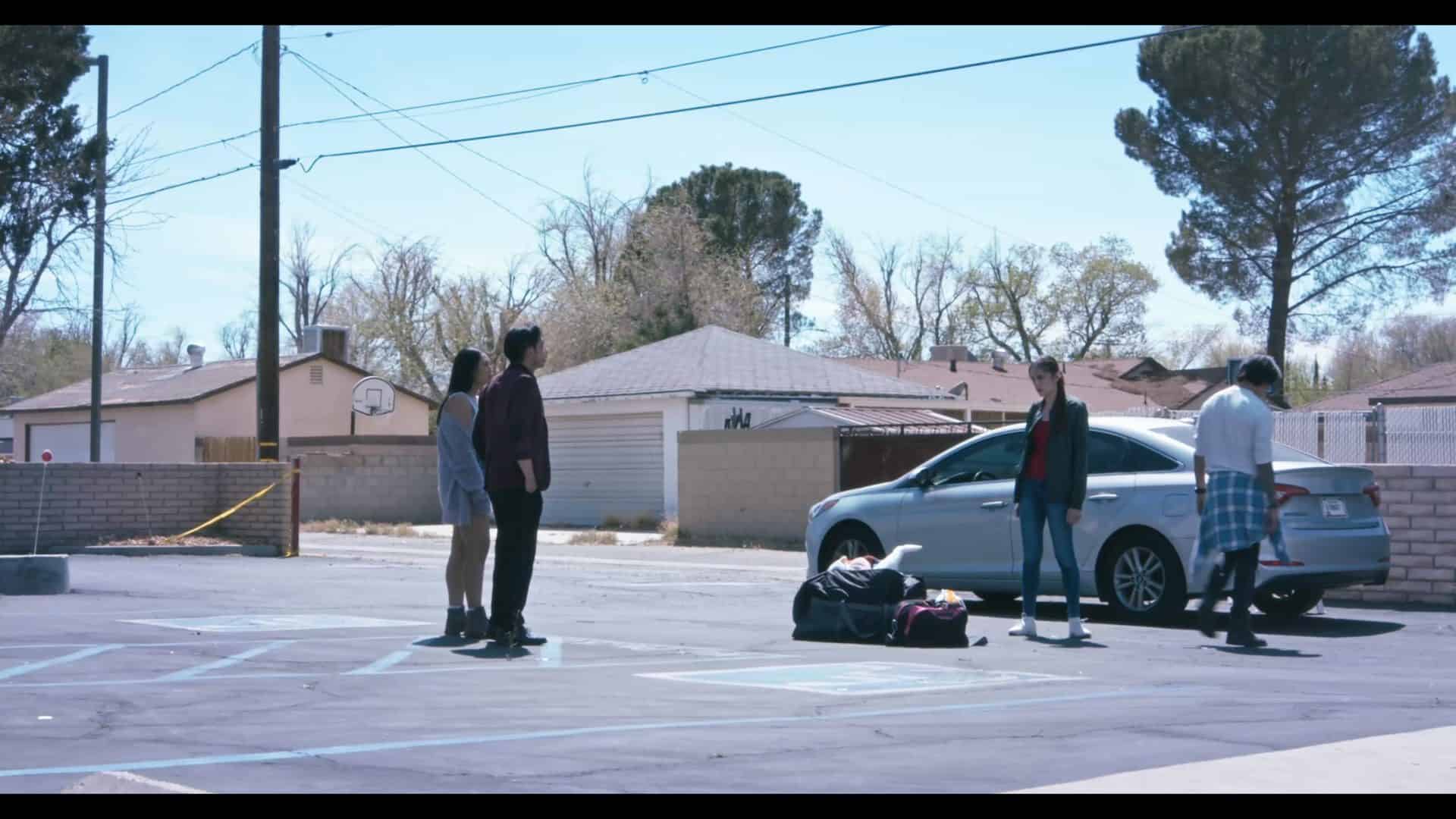While we have it in our hands to slow down certain global developments, there is no denying most of these have come to a point at which they have become unstoppable or at least will leave their mark on the world, on people, their homes and their livelihoods. As the smallest unit of society, each family will be affected by the enormous, yet slow changes which are already taking place, thus resulting in a change of attitudes as well as the kind and status of education. Given its heightened importance, you might argue whether access to education and educational institutions will be the most valuable resource of the future within the aforementioned process.
“Chaddr” is screening at DOK.Fest Munich
In his new documentary titled “Chaddr – A River between us” Korean-born filmmaker Minsu Park focuses on these processes, highlighting the shift of perspective within one family living in a small community amid the Himalayas. Already in his first documentary “Sewol – Paused in Time” Park dealt with the connection of parents and their children, which can trigger a much-needed re-evaluation of social hierarchies. In his new feature, which has its world premiere at this year's DOK.fest in Munich, his camera follows the lives of a family whose youngest daughter Chanyang goes to a boarding school with the goal of attending university and get a degree as a software engineer. In order to reach the school, she and her father have to use a mountain road which is snowed up and blocked for traffic most of the time in winter, so that they are forced to use a path close to the river Chaddr, which is often quite dangerous depending on the weather conditions.
As a common visual thread in his feature, we often get to see the breathtaking landscape of the Indian part of the Himalayas, with Buddhist prayer flag flapping in the wind, seemingly resembling life lines for the land and its people or a connection of communities. Occasionally, the camera also shows the stone desert, a place that, as a teacher says in the feature, is surrounded by “walls”, meaning the mighty mountains. As a viewer, you get the impression these places and their inhabitants are indeed bound to their land and to this place, considering the actual roads which connect them to other villages are so arduous, like the path next to the Chaddr. However, the sequences portraying Changyang's life in school emphasize the change that has already taken place in this part of the earth, how new paths and connections are established.
Nevertheless, these changes, as drastic as they may be, are much needed. Considering Changyang's father, a farmer and elementary school teacher, explains the changing weather conditions, most of which as a result of climate change, will make the lives of the older generation even more difficult than it already is. Putting their trust into the younger generation, into the importance of education is a way to open up these metaphorical walls and presents an opportunity to change their community for the better, which is a hope that Changyang mentions in one scene. At the same time, this also puts enormous pressure on the girl, as the scenes showing the military drills during a sports lesson might indicate, or the sometimes shy expression on the young girl's face.
In the end, “Chaddr – A River between us” is a tale about a slow, but much needed change within the world and for many communities. Minsu Park has managed to capture what is essentially one of the most complex issues of our times and made it understandable, portraying it from a very human angle.


